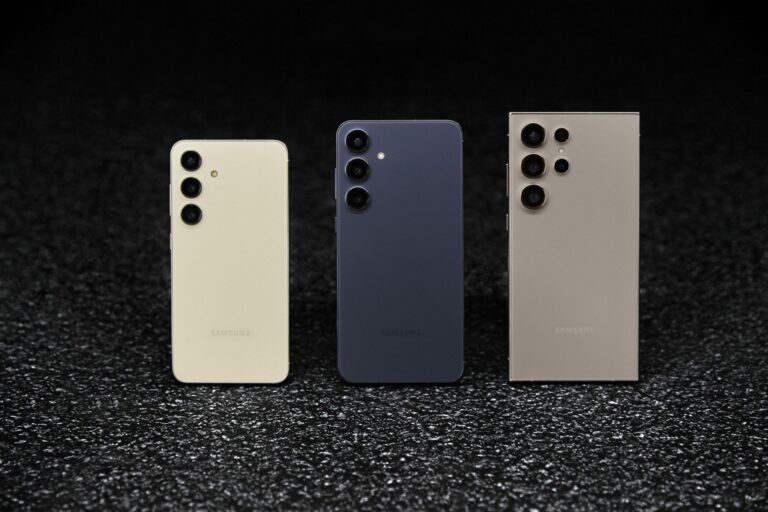The AI features in the latest Galaxy S24 series are the tip of the spear in Samsung’s marketing campaign for the new phones. Nevertheless, the company is considering putting some of them behind a paywall.
When we were able to test out the S24 series recently, we got a lot of information about Galaxy AI. It is positioned as a broad suite of AI features for photo editing, automatic translation of phone calls and more. Some features run on local hardware, but for more advanced AI functionality, cloud compute is required. Regardless, there was still some uncertainty about its availability and its supposedly free status.
No decision made yet
TM Roh, head of Samsung’s Mobile Division, has since commented on the matter. Speaking to ET Telecom, he stated that Galaxy AI will remain free until 2025. What happens after that is still unclear. Samsung has not yet made a decision on a possible payment model.
It is a curious turn of events, knowing that the PR spearhead of the new device series is thus not guaranteed to remain accessible for free. Even if the features remain free after December 31, 2025, Samsung will eventually have to clarify what it includes in its offerings. Either way, Roh indicates that the services have already been pricey to develop and will now be continually expensive to maintain.
It’s still unclear how much we can count on Galaxy AI being free for the medium to long term.
Partially acquired from Google
When we were introduced to the S24 series, we already noticed that some Galaxy AI features are not actually all that new or exclusive. In some cases, Google’s involvement is made explicit by Samsung. For example, the new Circle to Search feature is basically Google Lens, but implemented across the OS. Samsung is thus reaping the benefits of the Android ecosystem without having to develop the AI technology all by itself. In addition, it confidently includes features previously devoid of the “AI” monniker, such as Google Lens. Given that application makes extensive use of machine learning to function, it’s fair to brand it as AI. However, it isn’t new tech.
Elsewhere, the collaboration is in a somewhat gray area. For example, the Live Translate and summarization options resemble what is already possible with Google technology, but there is no clarity on which models are being used behind the scenes. In addition, Google already offers some features on Pixel phones that are very reminiscent of Galaxy AI capabilities. Examples include certain photo editing options and the generation of high-quality transcripts. This is not always given AI branding either.
It therefore remains to be seen what similar features may land on the Google Pixel series, for example. Google already supports numerous text-to-speech languages, with a host of models capable of performing specific tasks. How Google and the other Android manufacturers themselves flesh out AI functionality will show how unique Galaxy AI actually is. Also, those competitors to Samsung may be clearer on what price users will end up paying, if indeed it won’t all be free forever.
Also read: How to build smarter AI chatbots
